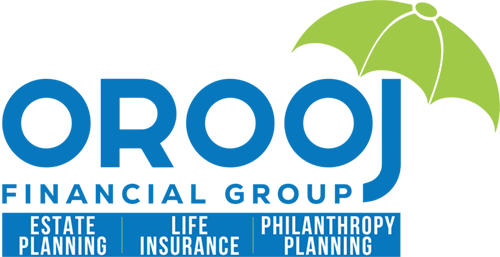YOUNG FAMILIES

Are you a Young Family?
When you start a family, expenses are high and you may not be at your peak earning potential. Life insurance will secure your finances long-term and protect your family. Start investing, insuring and saving early to cover costs of your children’s post-secondary education! Pay off outstanding debts, cover daily expenses and keep money aside for taxes and funeral costs. Life insurance also pays a tax-free lump sum benefit to your beneficiaries in the event of your death.
Start small and increase the amount as your career progresses to increase your financial security over the years.
GET PROFESSIONAL HELP
Are you looking for
expert financial advice?
We help you manage your finances by bringing to you our
experience and knowledge
Connect with the experts today!
RELATED SERVICES
LIFE INSURANCE

CRITICAL ILLNESS INS.

RESP

KEY CONSIDERATIONS
Protect yourself first
| Concern: | It is a common practice to save before protecting yourself. Savings and investments are important but so is the need to look out for yourself in the event of unexpected setbacks before you retire. Inability to work because of disease or disability, job termination or critical injury could end up putting you into expensive emergency situations. If you are not covered, you might drain out all your savings. |
| Solution: | Before you establish your financial security, consider what was to happen if you or your spouse fell critically sick, suffered a grave injury or died? Could your family handle the financial devastation along with the emotional? This is why insurance is so important. |
|
Products to consider:
|
|
Be Sure to Save
| Concern: |
It is common to find people spending more than they can earn. They may wish to save but they keep putting it off. |
| Solution: |
When you’re just starting out, it’s best to start a savings program, reduce debt and plan for retirement as soon as you can. Putting it off will only makes things more difficult in the future as expenses rise. Start with planning an emergency fund that will help you cover at least three to six months of basic living expenses. It may initially seem daunting with all the demands on your monthly budget but in the long run you can ease things out. At this stage, time is on your side. Compound your savings for maximum returns. For example, by setting aside $25 a week over 15 years, you could end up saving as much as $31,000 on a 6% annual return. |
|
Products to consider:
|
|
Get debt under control
| Concern: |
Debt can cripple people’s finances. It can ruin relationships. It can make you miserable. And it can handcuff you, keeping you from realizing your financial potential. This applies to any high interest debt. It could be a charge card or a department store and they could charge you up to 28% rate of interest. |
| Solution: |
You must develop a plan to attack for paying down your debts. If you have room on a line of credit, start transferring the credit card balances there. A credit card with a $5000 balance at 28% interest rate cost you more than $115 in interest every month. Transfer that to a line of credit that charges 5%, and you’ve saved yourself almost $100 per month. Now take that and pay down your line of credit. These days some companies offer low rate interest credit card to consolidate high interest credits. |
|
Products to consider:
|
|
Get every tax deduction as possible
| Concern: |
The majority of Canadian families hand over nearly half their earnings to the government in the form of taxes. Don’t let even more money slip through your fingers by not taking advantage of all the tax breaks available. Some of these tax credits may not seem huge but people make a mistake when they think they don’t add up to anything. |
| Solution: |
“In fact, these tax credit and tax deductions can result in substantial savings, especially if you have more than one child.” One-third of Canadians file their own taxes. If you’re among them, double check that you aren’t missing out on any family-related deductions. Here’s a rundown of the deductions, tax credits and benefits, and filing tips should help your bottom line.
Tax deductions
An amount that is subtracted directly from your gross income
|
|
Products to consider:
|
|
Get Professional Help
| Professional financial advisors have years of training, tools, and experience working with many different clients and situations. Because of their broad experience, professional advisors can quickly assess your needs and offer advice that reflects the best practices of the financial industry and is appropriate for your particular needs. In addition, and probably most importantly, a financial advisor can help you avoid mistakes. Mistakes can be incredibly destructive to your financial health. Not having a long-term investment strategy, not having adequate insurance protection, paying too much in fees or taxes unnecessarily, having the wrong beneficiary on retirement accounts, failure to set up a will; the list goes on and on. What they all have in common is that they are all very costly and all very avoidable. A professional advisor will look for gaps in your financial strategy and help you correct them. Professional advice helps you plot a financial course with the confidence that you are using your resources wisely while avoiding the common pitfalls that so many fall prey to. » get professional help now |
Our Partners








